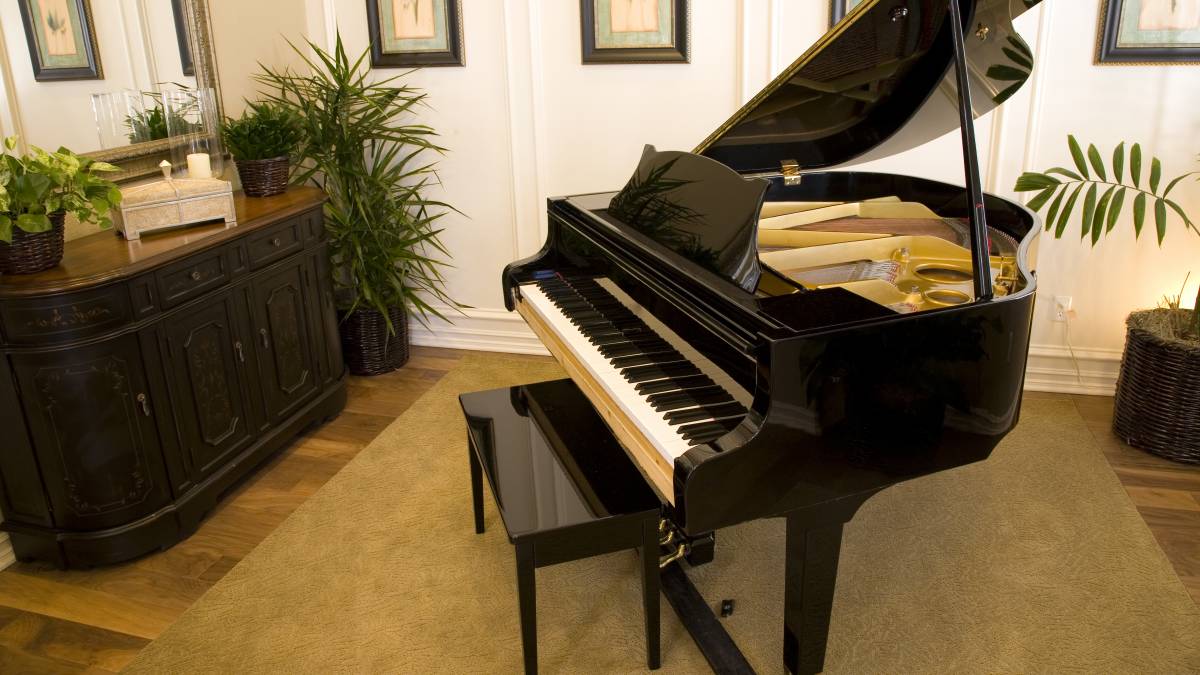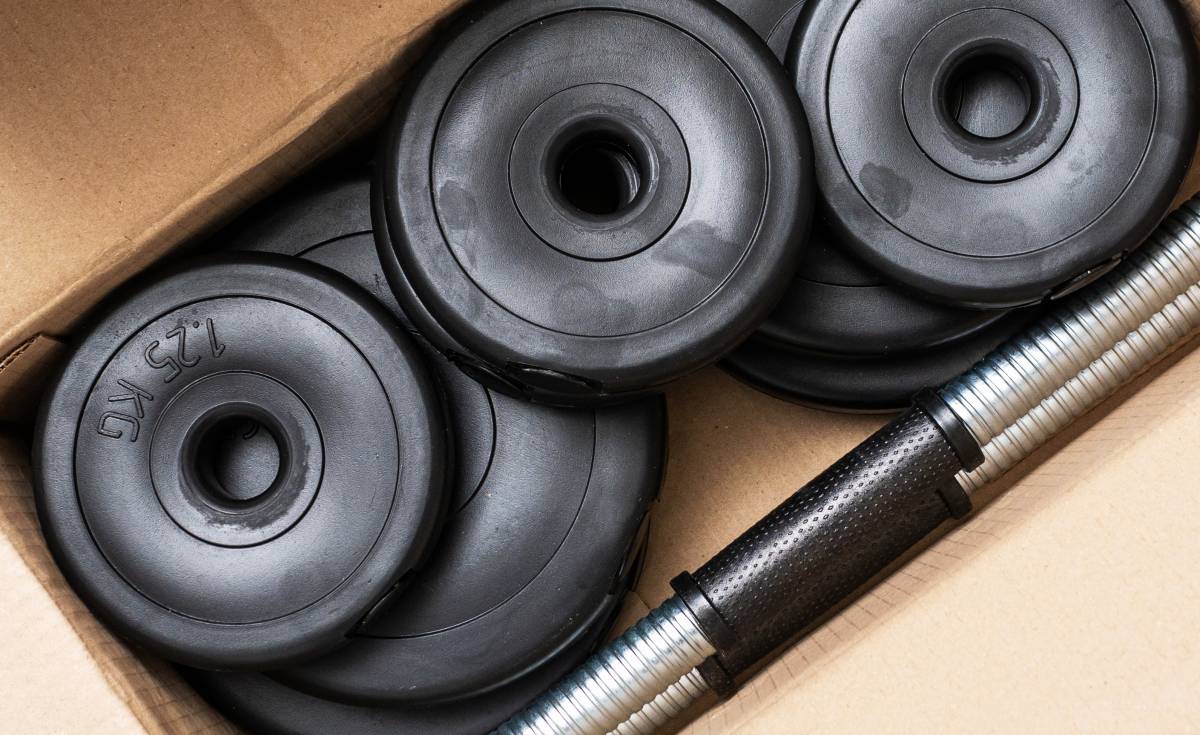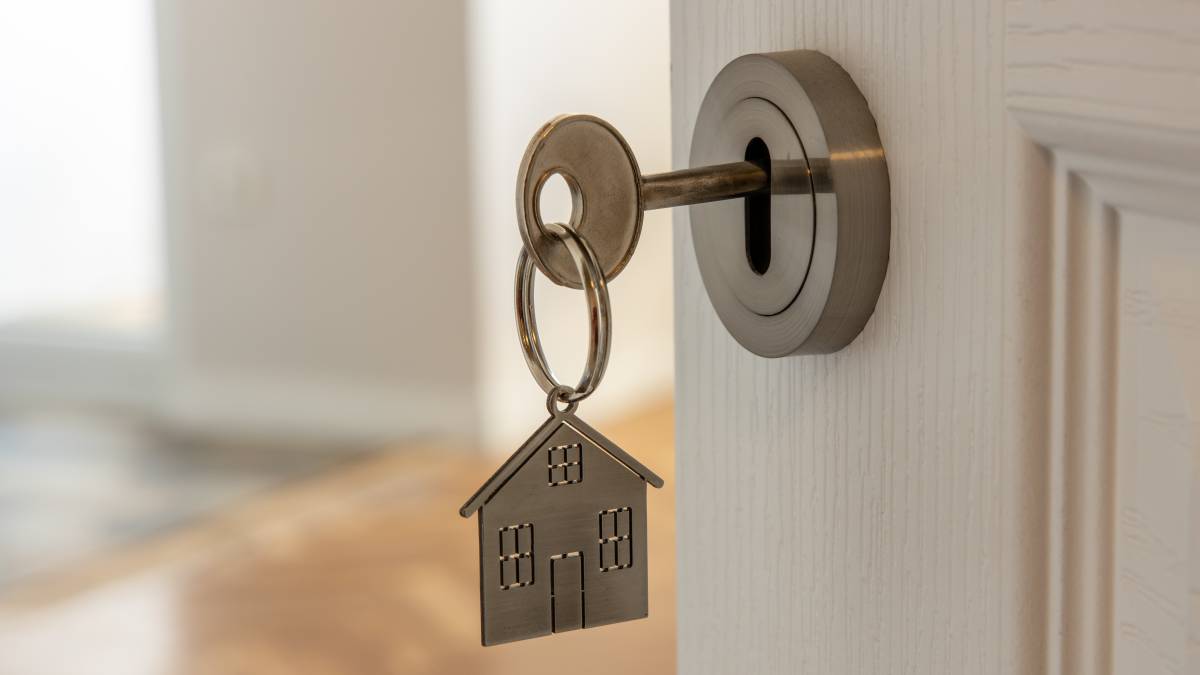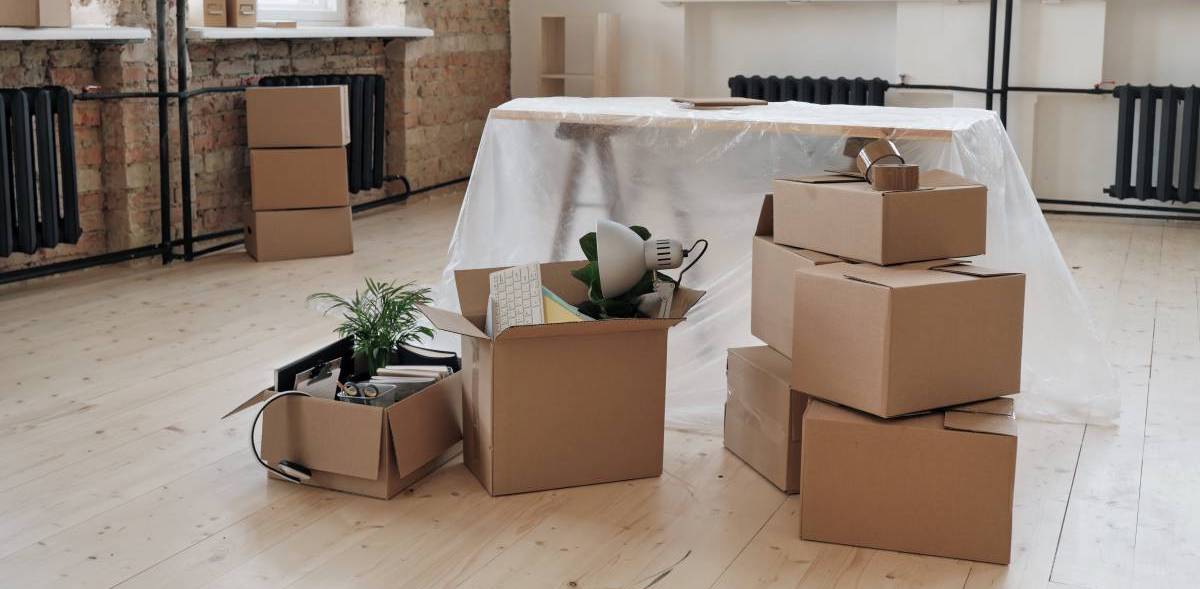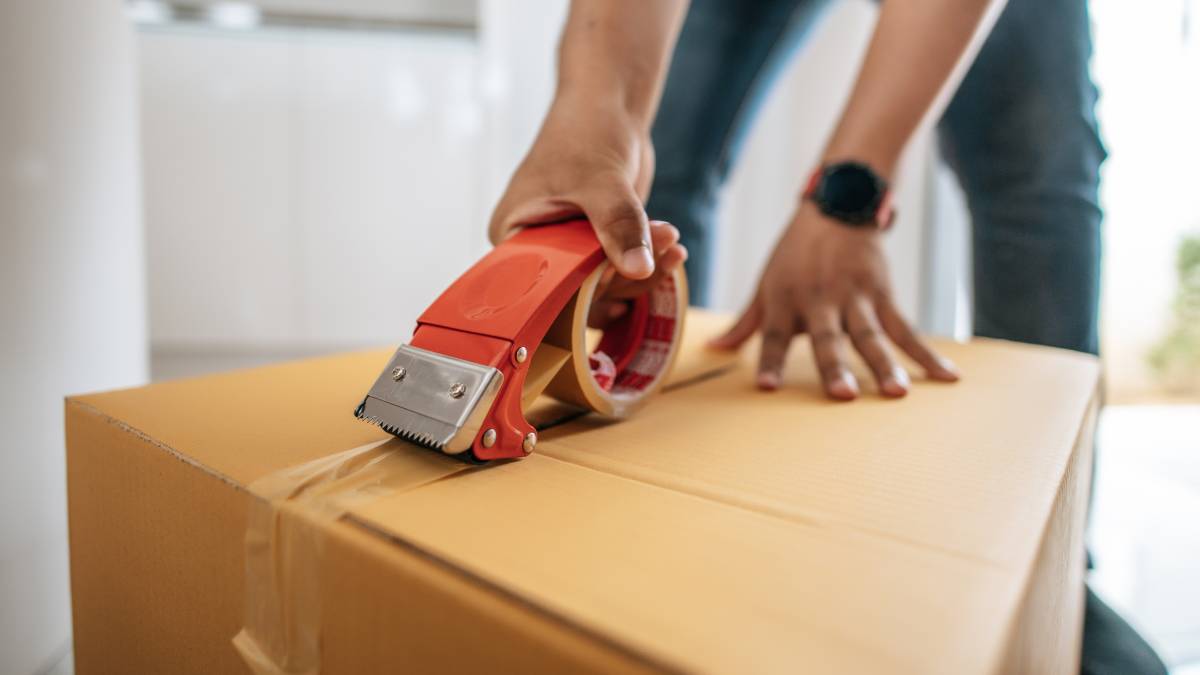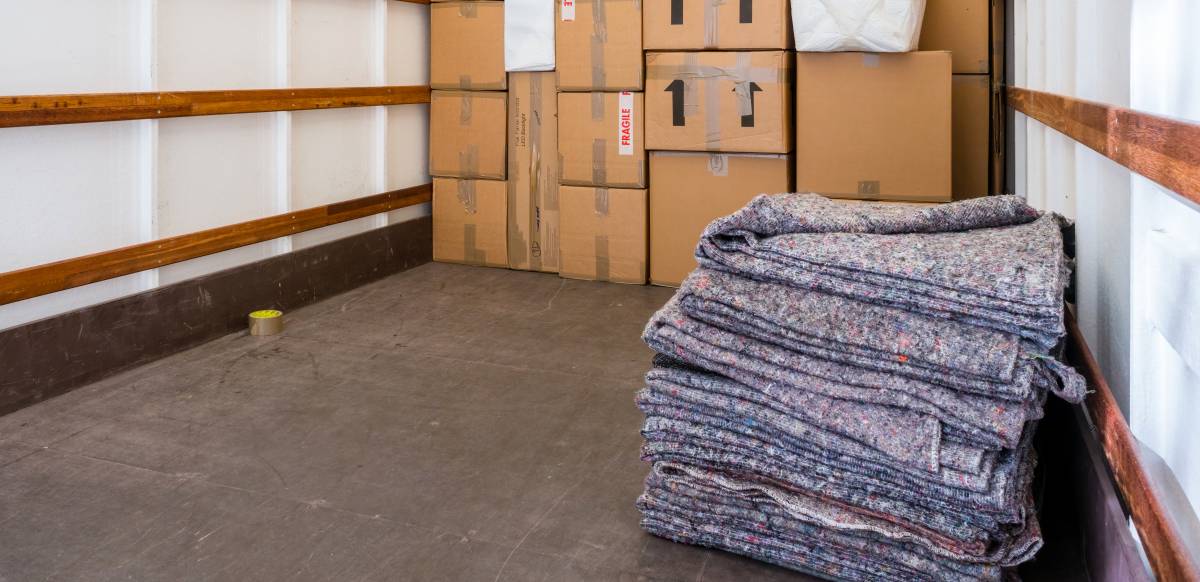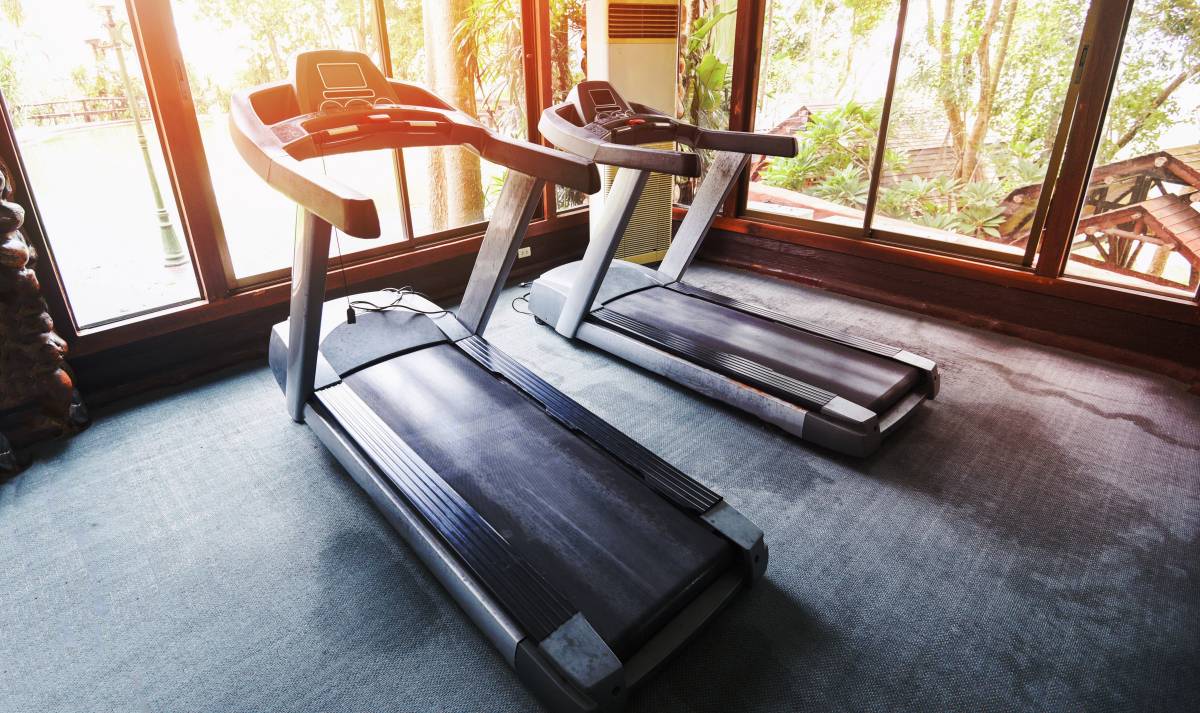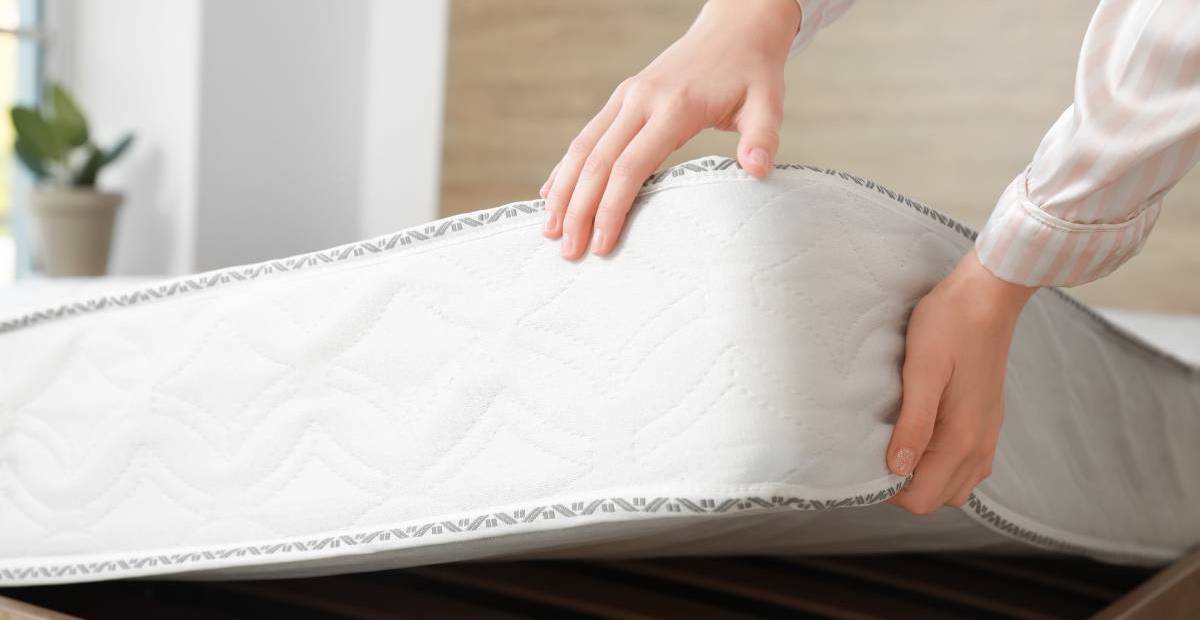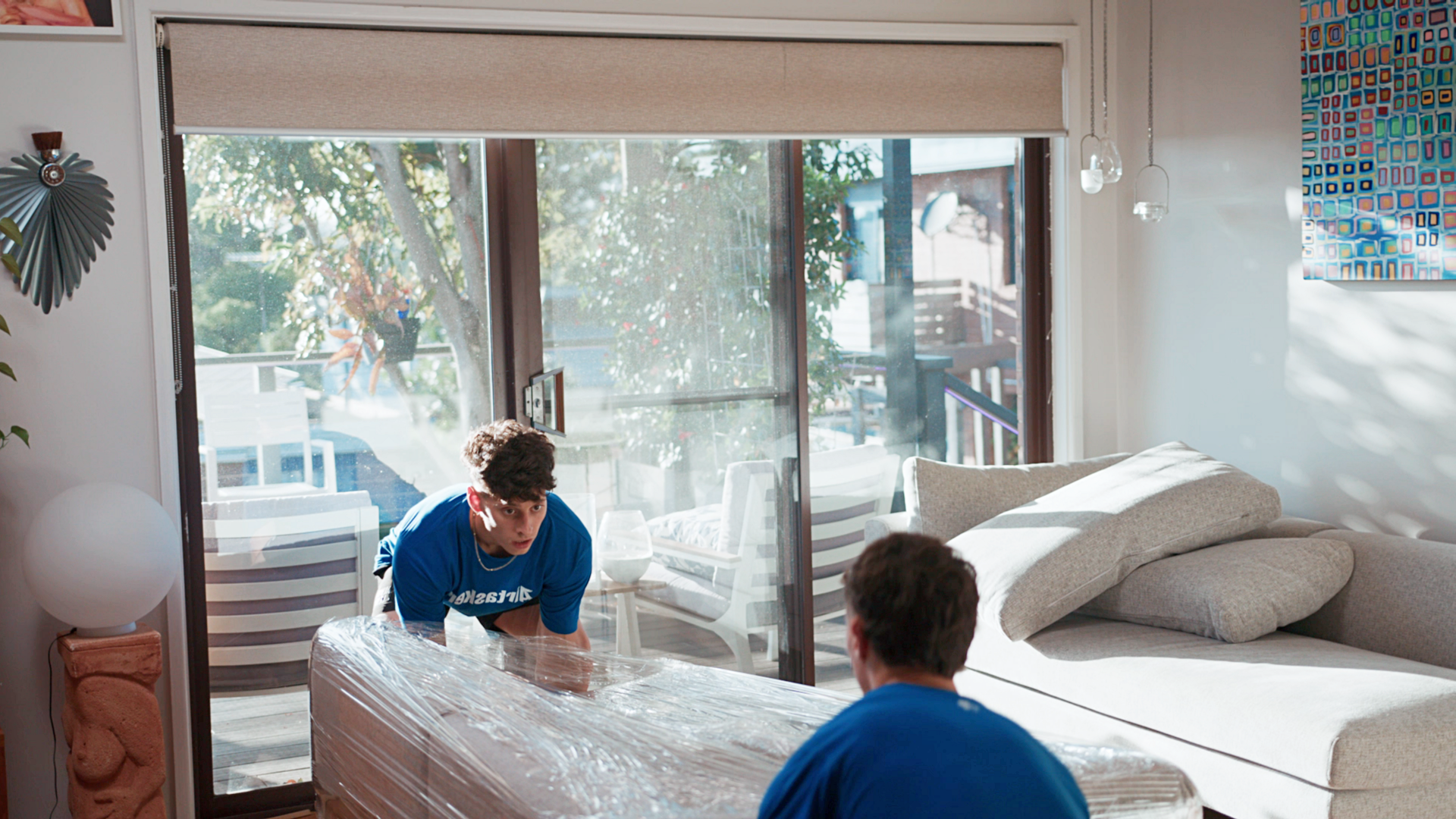
- Home/
- Costs/
- Furniture Movers/
- Furniture Moving Cost Guide
How much does it cost to move furniture in the US?
Post to find a price. It's free and only takes a minute.
Price per hour
$24 - $503
low
$24
median
$264
high
$503
Last Updated on

Written by Cielo B.
Staff Writer
Read more about our contributor
Key Facts
The average cost of furniture moving in the US is between $24 and $503 per hour, depending on location, number of movers, truck size, and distance traveled.
Movers are required by law to provide Released Value Protection at $0.60 per pound per item, but most customers choose Full Value Protection or third-party insurance for better coverage.
You can save money by preparing and labeling furniture ahead of time, reserving nearby parking for the truck, and booking during off-peak periods such as mid-week or October to April.
Furniture can be one of the most difficult things to move, as it often has multiple parts and may require specialized equipment. You’ll likely need professional help to move fragile and heavy pieces to ensure everything goes smoothly.
In this guide, you’ll learn how much it costs to move furniture, which will help you budget and prepare for your big move.
What is the average cost of moving furniture in the US?
Moving furniture costs in the US range from $24 to $503 per hour. However, prices can still change depending on property type, number of movers, distance of the move, and other factors we’ll cover later.
As a general reference, here are the typical hourly rates for moving furniture in some cities in the US:
| City | Average Cost of Furniture Moving (per hour) |
|---|---|
New York City (NY) |
$55 — $503 |
Los Angeles (CA) |
$43 — $392 |
Chicago (IL) |
$39 — $357 |
Houston (TX) |
$30 — $277 |
Phoenix (AZ) |
$36 — $327 |
Philadelphia (PA) |
$40 — $367 |
Atlanta (GA) |
$38 — $352 |
Denver (CO) |
$38 — $352 |
Boston (MA) |
$46 — $423 |
Seattle (WA) |
$49 — $448 |
Orlando (FL) |
$34 — $307 |
Salt Lake City (UT) |
$24 — $282 |
What factors affect the costs of moving furniture?
 Tasker wrapping a large sofa in clear plastic for transport
Tasker wrapping a large sofa in clear plastic for transport
How much does it cost to have furniture moved? The estimated price depends on several factors:
Distance of the move
Distance is significant to the cost of moving furniture. It determines the required labor, fuel costs, and truck size for the job. Below, we’ll break down the different types of moves based on distance.
Local moves
Local moves involve moving furniture within the city only. Usually, you only need two to four movers and a small to medium truck (10-26 ft.), which could cost around $45 to $90 per hour. Most local moves take around four to eight hours to finish, so the estimated cost of moving furniture locally would be around $300 to $2,000 for the entire job.
Since the distance is short, the extra fuel costs are included in the per-hour rate. Some moving companies charge a flat fuel rate, but it is generally lower than for other long-distance moves.
Regional moves
A regional move means moving within the same or neighboring state (e.g., NYC to Philadelphia). Since regional moves cover longer distances, medium to large trucks (20-26 ft.) are recommended to accommodate more items and handle longer drives. Considering fuel surcharges and toll fees, estimated furniture moving costs can range from $1,200 to $4,000 for regional moves.
Interstate moves
How much does it cost to move furniture across states? Since this involves more time, fuel, and legal requirements, moving companies apply a “per-pound” rate, which means they charge by weight and distance. In the US, this would be around $0.50 to $0.80 per pound per 1,000 miles, and the estimated average costs are as follows:
Studio/1-bedroom: $1,500 – $3,500
2–3 bedrooms: $4,000 – $7,000
4+ bedrooms: $7,000 – $12,000+
You’ll need large 26-foot trucks or trailers, but remember that moving companies often set a fuel surcharge of 5% to 15% to cover the fuel cost on long-distance moves. The surcharge is on top of the standard moving rate, preventing a moving company from losing money during unexpected fuel spikes.
Here’s a table that outlines the estimated costs for different move types:
| Move Type | Distance Range | Truck Size | Estimated Cost | Best For | Example |
|---|---|---|---|---|---|
Local Move |
50—100 miles |
Small/Medium (10-26 feet) |
$300—2,000+ |
Small apartments, offices |
Moving a 1-bedroom apartment across Brooklyn, NY |
Regional Move |
100—400 miles |
Medium/Large (20–26 feet) |
$1,200—$2,500 |
Family homes |
Relocating a 3-bedroom house from Austin to Houston, TX |
Interstate Move |
400+ miles |
Large (26-foot+ trucks or trailers) |
$1,500 - $10,000 |
Long-distance relocations |
Moving a family home from Chicago, IL, to Atlanta, GA |
Number of movers needed
Additional manpower can also affect furniture moving prices. For instance, a two-person crew would cost $50 to $100 per hour, while a four-person team could range from $100 to $200 per hour.
Although hiring a larger crew costs more, it can help complete the job faster, leading to lower labor costs. Additionally, they can safely lift heavy furniture (like pool tables), preventing damage and reducing the risk of injuries.
Type and volume of furniture
Moving several items simultaneously can incur higher furniture transport costs because this requires larger trucks and more movers. Some interstate movers would even charge based on the furniture’s weight and volume (measured per cubic meter), since this will determine the right truck size. Typically, you’ll need large trucks for moving furniture. Using the smaller ones would require multiple trips, leading to higher labor costs.
You also need to consider the amount of space available inside the truck. Squeezing multiple pieces of furniture in one truck can be dangerous, especially if you must move large, fragile items like a piano or grandfather clock.
Access and logistics
 Two Taskers working together to lift and move a table
Two Taskers working together to lift and move a table
When it comes to moving furniture, time is money—literally. If a single piece of furniture takes hours to move because of a narrow staircase or slow lift, expect to pay a premium. The same applies if there isn’t a close parking spot for the truck. Loading and unloading would take longer, as movers would have to carry your furniture and walk further, leading to higher labor costs.
Logistics can be challenging when moving into urban areas like New York and Los Angeles since there are many one-way streets and frequent traffic jams. Moving into rural areas isn’t cheap because of the gravel roads and hilly terrain. Due to these logistical challenges, travel time takes longer, resulting in higher furniture moving rates.
Timing of the move
Furniture moving prices can fluctuate at certain times of the month. For instance, there’s a price increase of around 20—30% during summer (May to September) because more families move to avoid interrupting school, and house sales peak during these times. If the moving date is a public holiday, companies typically apply holiday surcharges to cover the overtime pay for the staff working that day.
Booking on a weekend can be expensive, with moves costing 15-30% more than the normal rate. End-of-month dates aren’t ideal, as some movers may apply a 10–20% premium during these dates. Consider mid-week dates for lower furniture moving quotes.
Here’s an overview of how furniture moving costs differ during peak vs. off-peak seasons:
| Timing | Cost Difference | Notes | Discount/Promo Availability |
|---|---|---|---|
Weekdays (Mon-Thu) |
Base rate |
Typically the most affordable option |
High – Many movers offer weekday discounts to fill schedules |
Weekends (Fri-Sun) |
+15–30% |
High demand for weekend convenience; slots fill quickly |
Low – Rare discounts; many movers charge premium rates |
Public Holidays |
+20–40% |
Limited labor availability and premium holiday surcharges apply |
Rare – Most movers operate at overtime or premium rates |
End of Month |
+15-25% |
Lease cycles (rent/mortgage closings) spike demand around the 1st/30th |
Low – High demand reduces the need for promotions |
Peak Season (Summer) |
+20-40% |
Busiest time; families relocate during school break |
Rare – Demand outweighs supply; prices stay high |
Insurance and liability
Insurance is a must when moving furniture because accidents can still happen. While it is an additional expense, insurance protects your belongings during the trip.
Released value protection
This is considered the basic, default insurance that furniture movers offer. While it comes at no extra cost, the coverage is limited.
According to the Federal Motor Carrier Safety Administration (FMCSA), the required coverage is $0.60 per pound, per item. For example, if your 20-lb flat-screen TV, worth $500, is damaged, you’ll only receive $12 in compensation. Since the coverage is minimal, it’s not enough for valuable belongings.
Full value protection
Full value protection (FVP) is the most comprehensive insurance option. It covers the full repair, replacement, or reimbursement of damaged or lost items at current market value. It provides maximum protection, making it the most expensive but worthwhile option for those moving high-end furniture and appliances.
The minimum protection for FVP is $6.00 per pound of the total shipment weight. For example, if your shipment weighs 10,000 lbs, the minimum coverage would be $60,000 (10,000 lbs x $6). However, for high-value items (typically worth over $3,000 each), it’s essential to declare them separately on a high-value inventory form to ensure they are fully protected.
Declared value protection
Also known as lump sum value coverage, declared value insurance is considered a more affordable alternative to FVP. The customer declares the total dollar value of their shipment, and the insurer covers that declared amount in case the items are damaged or lost during the move.
Just avoid under-declaring your items, or else you won’t get reimbursed for the full price. Overdeclaring isn’t a good move, either, because you may pay a higher premium for any unnecessary coverage.
Third-party insurance
If the moving company doesn’t offer FVP insurance, third-party insurance can be bought from independent insurers. It’s ideal for DIY or high-value moves because you can customize the coverage range with optional extras, such as additional protection for temperature-sensitive goods and delay compensation.
Check out this table for easier comparison of furniture insurance options:
| Insurance Type |
Coverage |
Mover’s Liability |
Customer’s Liability |
Notes |
|---|---|---|---|---|
Released value protection |
$0.60 per pound, per item |
10% |
90% |
Default, minimal coverage; free but insufficient for valuable items |
Full Value Protection |
Repair, replace, or pay market value |
95% |
5% |
Covers full repair/replacement; high-value items declared separately. |
Declared Value Protection |
Coverage based on declared shipment value |
Varies (e.g., $X per $1,000) |
Varies |
More affordable than FVP; risk of under- or over-declaring. |
Third-Party Insurance |
Theft, accidents, weather, and other risks |
90–100% |
0–10% |
Bought separately; customizable coverage for high-value or special shipments. |
No Insurance |
No coverage provided |
0% |
100% |
Customer assumes full responsibility |
Additional services
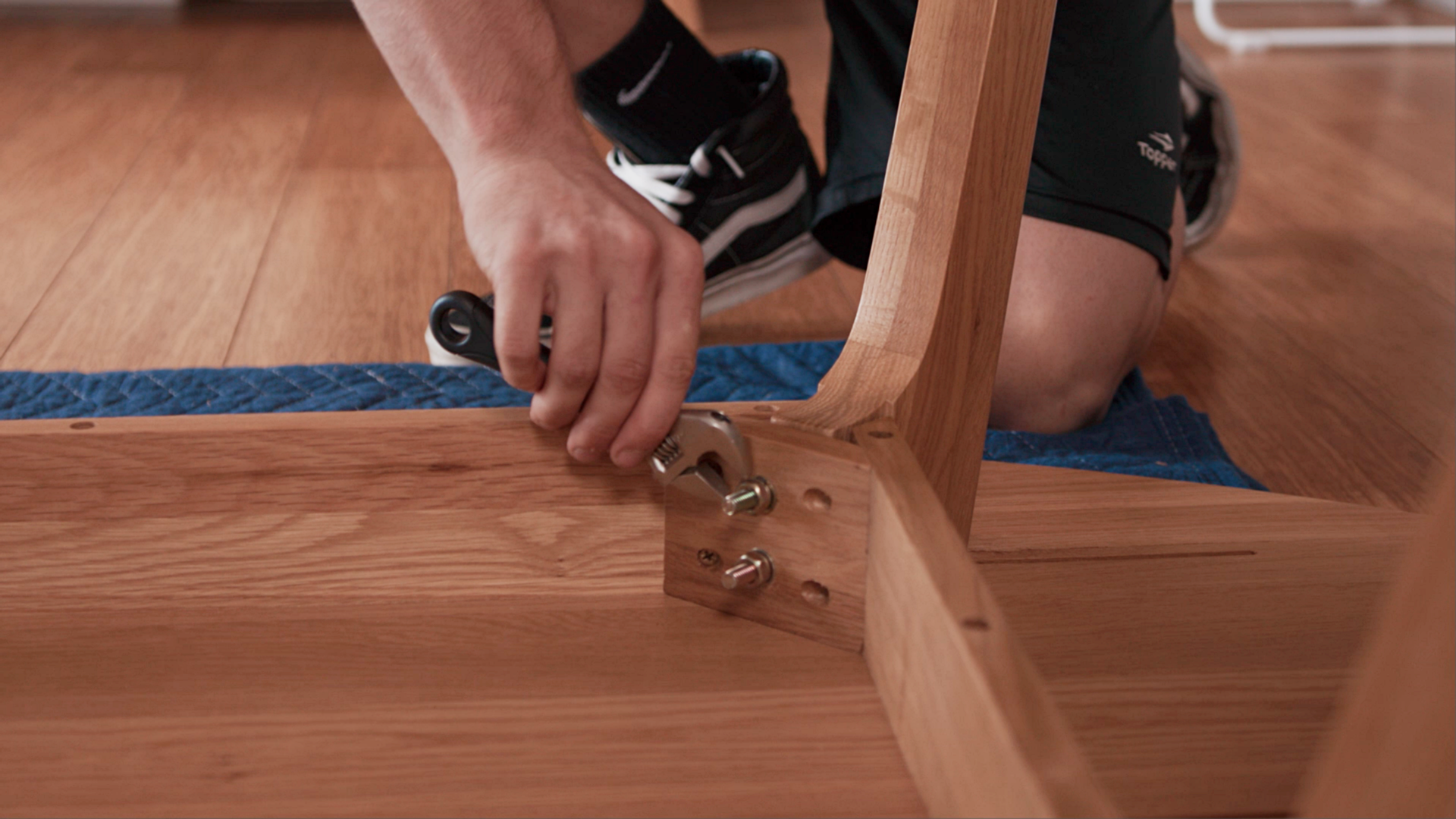 Tasker disassembling a wooden table using a wrench on a hardwood floor
Tasker disassembling a wooden table using a wrench on a hardwood floor
In addition to transportation, services such as assembling and disassembling should be considered. Some furniture pieces can be tricky because they’re incredibly heavy or have confusing hardware. You’ll need an extra pair of helping hands for a more efficient move, meaning extra labor costs.
Storage services can be requested, especially if you plan a long-distance move that requires multiple stops. You might need a place for temporary storage, which will add to the total price of moving furniture.
What are some ways to save on moving furniture?
Now that you already know how much furniture removals cost, you’re probably wondering, ‘Is there a way you can lower your expenses?’ Here’s how:
Prepare well
Start preparing and wrapping your furniture a few weeks before the moving date. You can also place and organize the small parts in a box and then add a label.
On it, write the designated room for each piece of furniture. This will make it easier for the movers to unload and position items in your new home. Being well-organized and having everything ready can reduce the total time of the move, lowering labor costs.
Reserve parking
Moving companies often charge a “long carry” fee if they have to move items over a long distance from the truck to your property. To avoid incurring additional charges, secure a parking space as close as possible to your property’s entrance for the moving truck.
Take advantage of non-peak times
Book mid-week, specifically on a Tuesday or Thursday. Furniture moving prices are lower during these times, and moving companies offer better rates and discounts to fill the slots.
Scheduling a move from October to April can also help you save money. Demand is low during these months, so most offer low-cost furniture moving services to attract more customers.
Consider shared transport services
Instead of renting an entire truck, you can share truck space with other customers, which is called backloading. You’ll only pay for the space your belongings occupy, helping you save more than a full-service move.
Keep in mind, though, that the truck needs to be full before it departs; backloading can cause potential delays. It’s best to choose this service only for non-urgent relocations.
What should you look for in a furniture mover?
 Moving day in progress as Taskers handle heavy boxes outdoors
Moving day in progress as Taskers handle heavy boxes outdoors
Aside from detailed quotes and clear communication, here are some of the most important things to look for when hiring furniture movers:
Accreditations
When hiring a moving company in the US, always check for proper licensing and accreditation. For interstate moves, choose companies registered with the US Department of Transportation (USDOT) and regulated by the FMCSA. Local resources, like the NYC Department of Transportation, can help you avoid unlicensed operators.
Look for movers accredited by reputable organizations, such as the American Moving and Storage Association or the Better Business Bureau. Choosing properly licensed and insured movers ensures your belongings are in good hands.
Specialized handling
Look for movers who can handle fragile items, especially if you have oddly shaped antique furniture. They should be trained and skilled to handle delicate items during transport, loading, and unloading.
Flexible moving modes and storage solutions
Choosing a furniture mover with flexible moving options helps you find a solution that fits your needs and budget. Some of the most popular choices include:
Full Truck Load (FTL): Hire an entire truck just for your belongings. This offers a fast delivery time and better security.
Shared transport services: As previously mentioned, this entails sharing truck space with other customers moving along the same route and paying only for the space you use.
Self-pack container: You can pack your furniture into a secure container and have it transported by rail or sea. This is convenient for interstate moves.
Furniture movers should also offer temporary storage, which is especially useful when moving interstate. Short- or long-term storage options can be beneficial if unexpected delays occur during your move.
Move your furniture securely with Airtasker
Is preserving the quality of your furniture during relocation your number one priority? The key is finding the right movers who can handle your furniture.
Post a task to find and connect with reliable Taskers specializing in moving furniture. They have the necessary tools and expertise, reducing the risk of damaging your valuable pieces.
Learn more about our contributors

Written by Cielo B.
Staff Writer
Cielo is an experienced content writer who has explored various industries throughout her career. Her expertise, founded on a degree in journalism, includes writing about automotive and home maintenance. Cielo also covers topics like dressmaking, tailoring, and photography since she is a passionate cosplayer who enjoys dressing up as her beloved anime characters.
FAQs on furniture moving costs
The final quote doesn’t always include boxes, blankets, straps, and other moving supplies. Many moving companies charge separately for these extra supplies, so you’ll have to confirm this with them first.
Choosing independent furniture movers over those from moving companies is often more affordable. You can save 30% to 70% with independent movers, but you will likely have to handle the packing and loading yourself.
While hiring from a moving company may cost more, the extra price can be worth it for the convenience. They handle everything for you and typically provide more protection.
Yes, they may charge extra for waiting time because most furniture moving companies set an hourly rate for moving furniture. So, if there are any delays in packing and loading, expect higher labor costs. Make sure to have everything packed and ready, and clear walkways to avoid extra charges.
Due to the Tax Cuts and Jobs Act of 2017, furniture moving costs are generally not tax-deductible for most US taxpayers.
The deduction is currently only available to active-duty military members who are moving due to a permanent change of station. For everyone else, these are personal expenses and not tax-deductible.
Find furniture movers, fast
Post a task
Related price guides
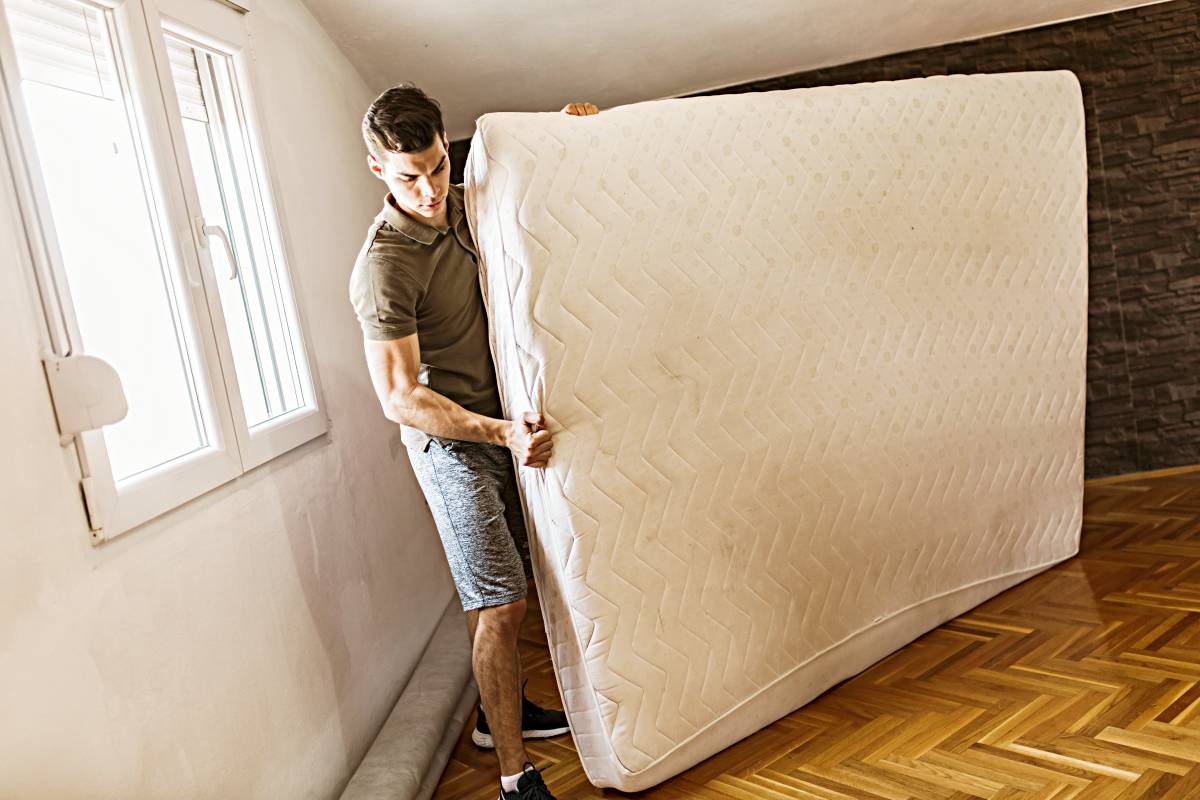
How much does mattress removal cost?
Read more

How much do packers cost?
Read more
Related articles

A guide to becoming a mover
Read more

How much do movers make?
Read more

Moving out of state checklist
Read more
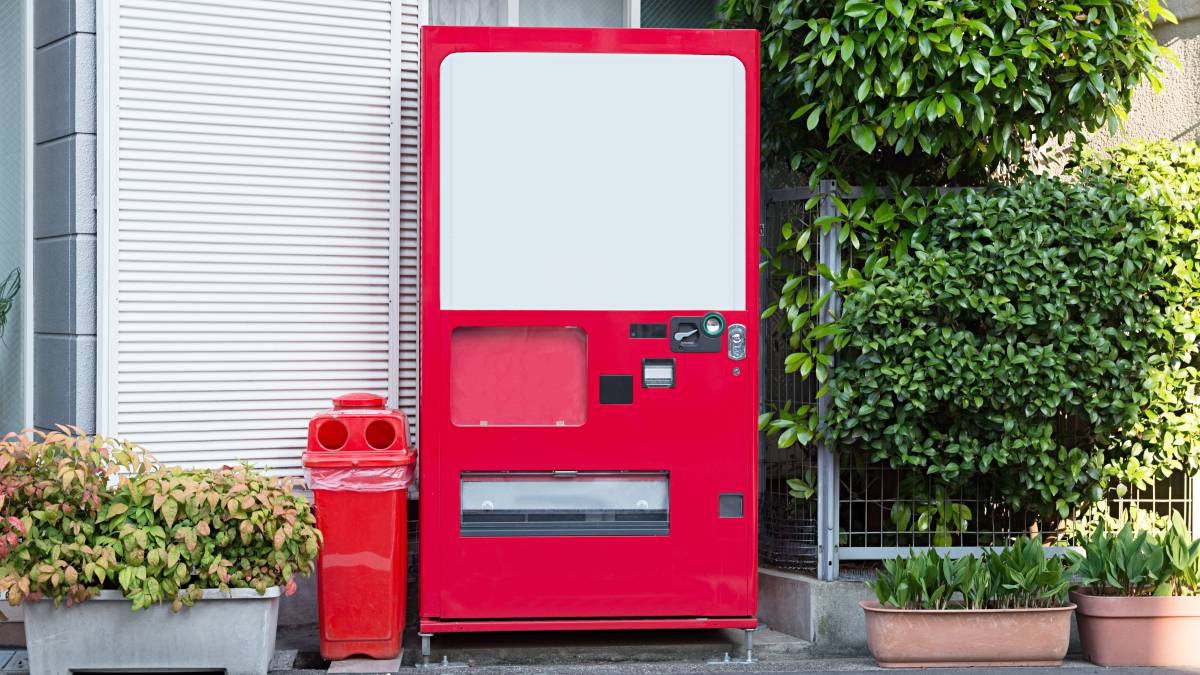
How to move a vending machine
Read more

How to pack a moving truck
Read more

Tips for moving house with kids
Read more
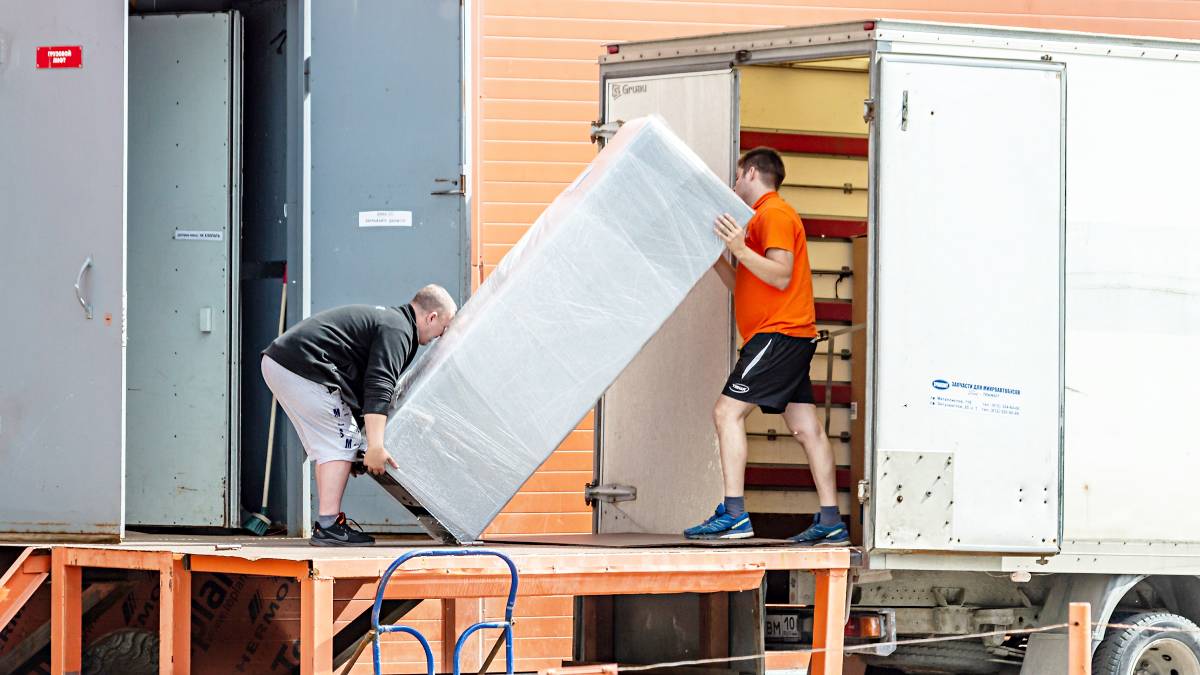
How to move a refrigerator
Read more

The ultimate packing and moving list
Read more

How to pack artwork for moving
Read more

How to move a pool table
Read more

How to pack bedding for moving
Read more

How to pack kitchen items
Read more

How to pack books for moving
Read more
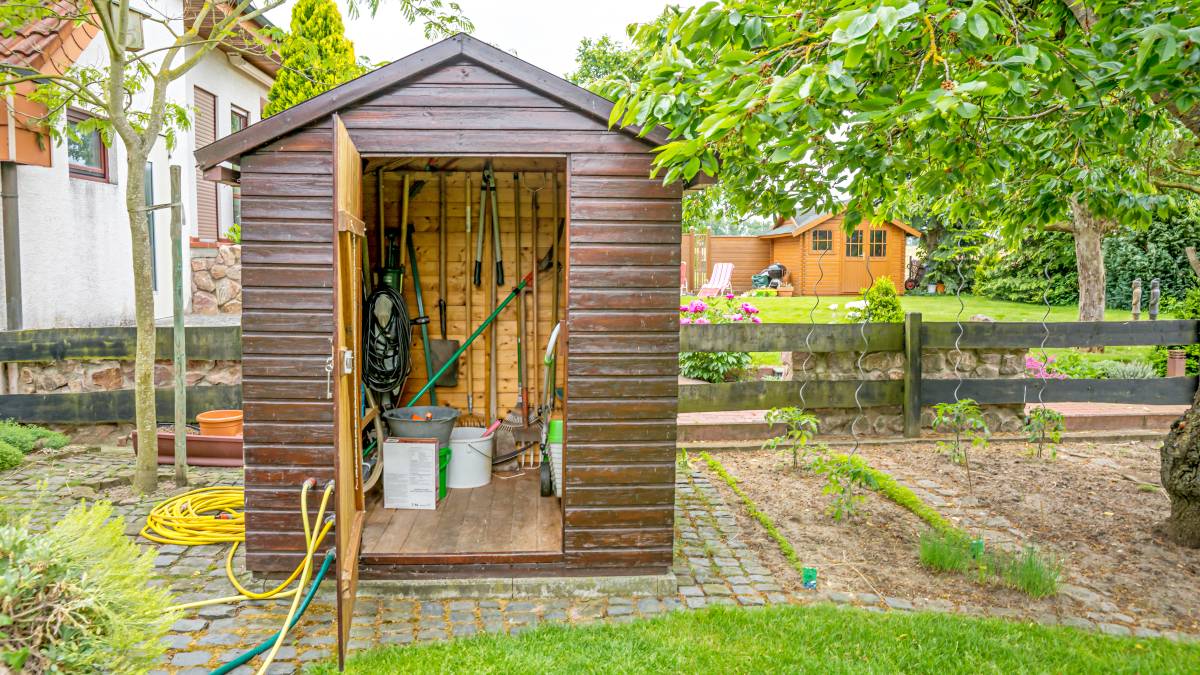
How to move a shed
Read more
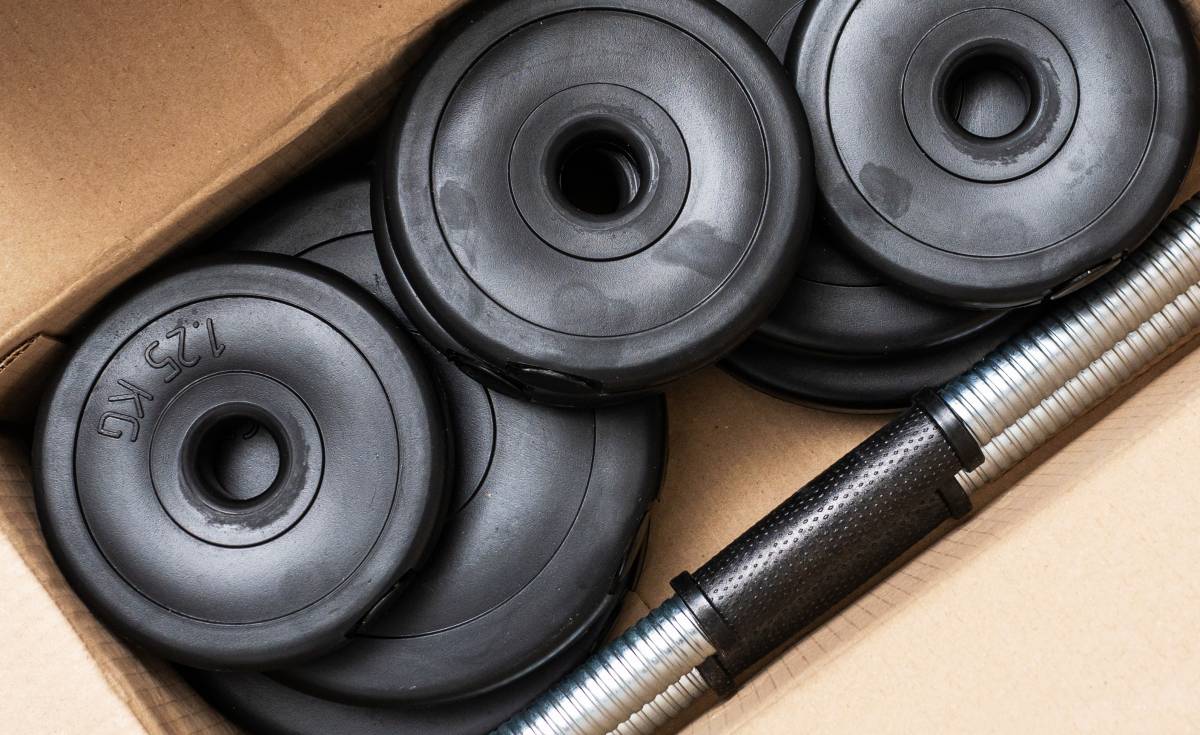
How to move gym equipment safely
Read more

Where to get moving boxes for free
Read more
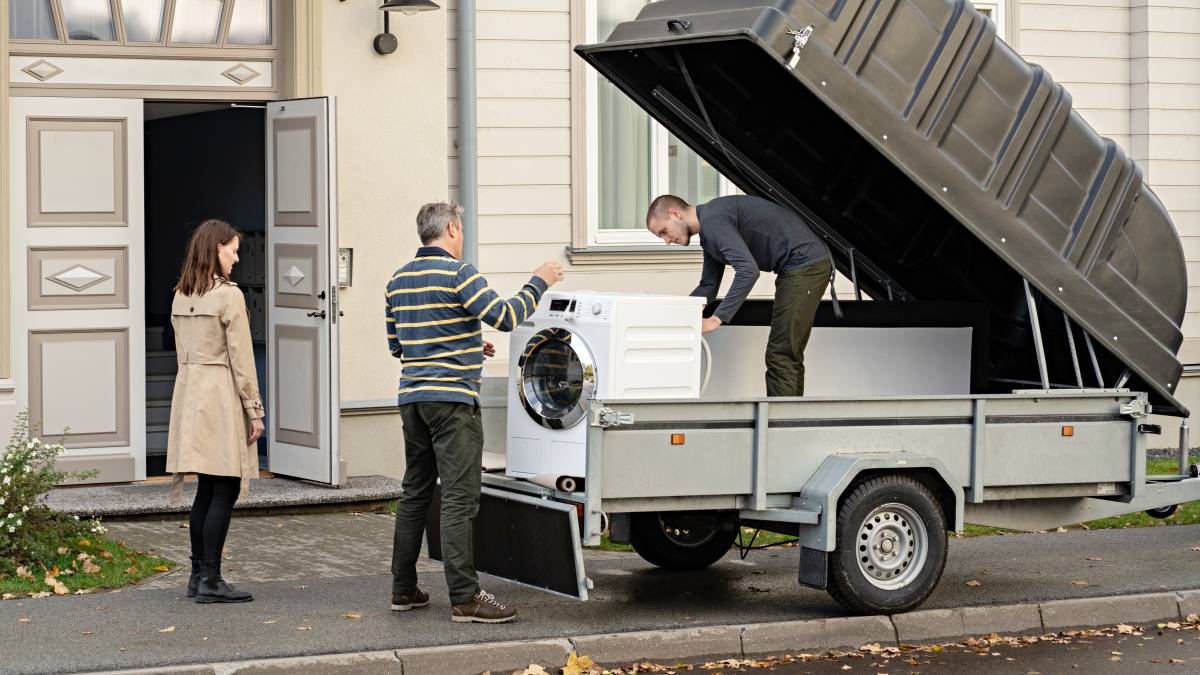
How to move a washing machine
Read more

How to move a pinball machine
Read more

What movers won’t move
Read more

Moving interstate checklist
Read more

How to wrap furniture for moving
Read more





